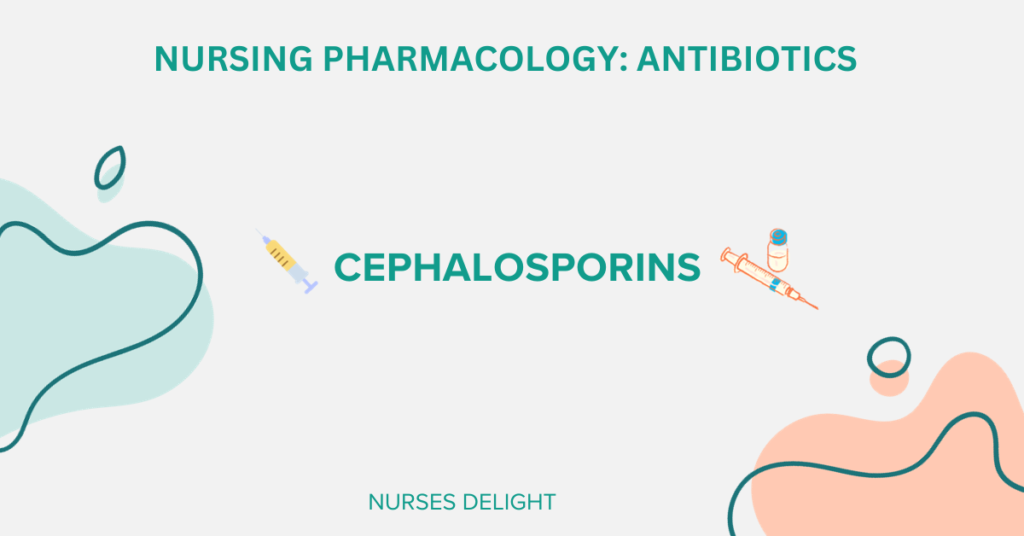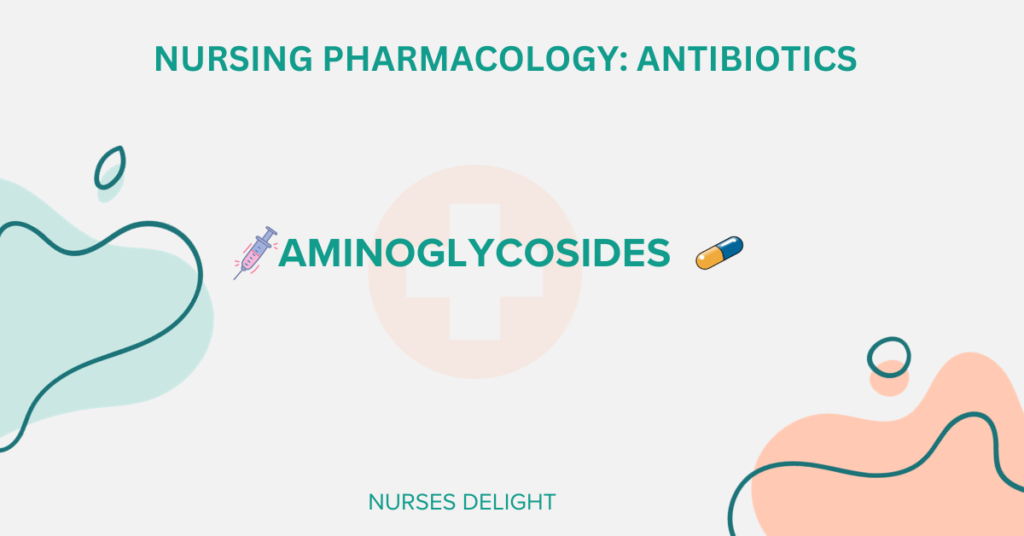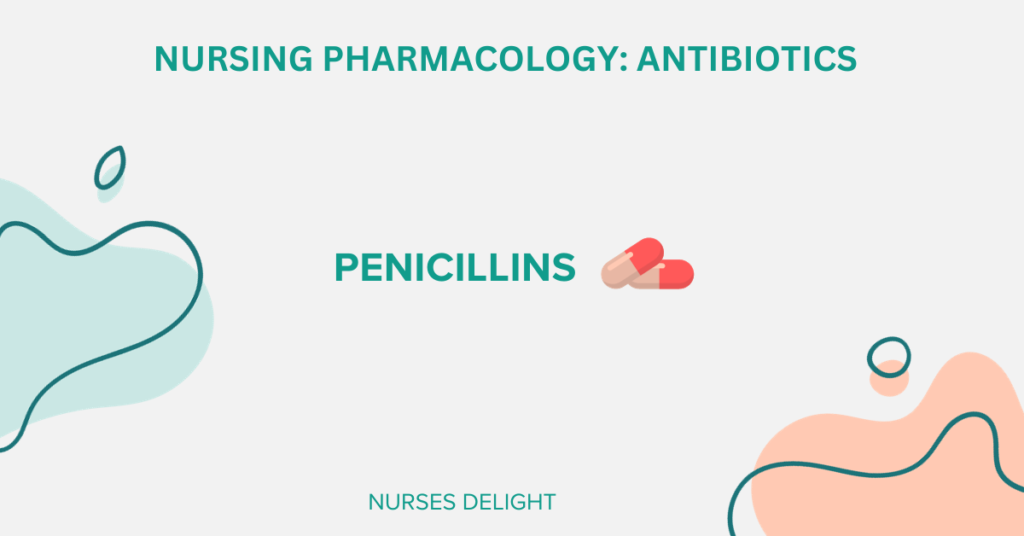Cephalosporins are antibiotics that act on the bacterial cell wall. They are structurally and functionally related to penicillins. They are classified into five generations based on their spectrum of action and beta lactamase resistance. These generations include;
- First Generation; cefazolin, cephalothin, cephalexin, cefadroxil, cephapirin
- Second Generation; cefuroxime, cefprozil, cefoxitin, cefmetazole, cefaclor, cefoxitin
- Third Generation; ceftriaxone, ceftadizime, cefixime, cefotaxime, cefdinir, cefpodoxime, ceftibuten
- Fourth Generation; cefepime, cefditoren
- Fifth Generation; ceftaroline
Pregnancy Category: B
They are generally accepted. They have little to no risk on pregnancy.
Mechanism of Action
They are bactericidal. They inhibit the synthesis of bacterial cell wall, causing cell death in susceptible bacteria.
Pharmacokinetics
- Administration: Many of the cephalosporins are poor absorbed per oral. They are thus administered IV or IM.
- Distribution: All cephalosporins distribute adequately into body fluids, although a few such as ceftriaxone and cefotaxime penetrate into the CSF. All cephalosporins cross the placenta.
- Elimination: Cephalosporins are eliminated through tubular secretion and/or glomerular filtration. However, ceftriaxone is excreted through the bile into the feces and can be used in patients with renal insufficiency.
Indications
- Treatment of pharyngitis, and tonsillitis causedby Streptococcus pyogenes
- Treatment of otitis media caused by Streptococcus pneumoniae, Haemophilus influenzae, Moraxella catarrhalis, S. pyogenes
- Treatment of respiratory infections caused by S. pneumoniae, Haemophilus parainfluenzae, Staphylococcus aureus, Escherichia coli, Klebsiella, H. influenzae,S. pyogenes
- Treatment of UTIs caused by coli, Klebsiella pneumonia; gonorrhea caused by Neisseria gonorrhea
- Treatment of dermatologic infections caused by S. aureus, S. pyogenes, E.coli, Klebsiella, Enterobacter
- Management of septicemia caused by S. pneumoniae, S. aureus, E. coli, Klebsiella, H. influenzae
- Treatment of meningitis caused by S. pneumoniae, H. influenzae, S. aureus, Neisseria meningitides
- Treatment of bone and joint infections caused by S. aureus
- Used as prophylaxis in patients undergoing surgery
Cautions and Contraindications
- Use cautiously in cases of renal dysfunction/insufficiency.
- Contraindicated in patients allergic to cephalosporins or penicillins, renal failure, or lactation.
Adverse Effects
- CNS: Headache, dizziness, lethargy, paresthesias, seizures
- GI: Nausea, vomiting, diarrhea, anorexia,abdominal pain, flatulence, pseudomembranous colitis, hepatotoxicity
- GU: Nephrotoxicity
- Hematologic: Bone marrow depression, decreased WBC, platelets, and Hematocrit
- Hypersensitivity: Rash,fever, anaphylaxis, serum sickness reaction
- Local: Pain and abscess at injection site,phlebitis, inflammation at IV site
- Other:Superinfections
Interactions
- Increased nephrotoxicity when used concurrently with aminoglycosides
- Increased bleeding effects when used with oral anticoagulants
- Disulfiram-like reaction may occur if patient takes alcohol within 72 hours after administration of cephalosporins
- There is a possibility of false results on direct Coombs’ test and urine glucose tests using Benedict’s and Fehling’s solutions
Nursing Considerations
Assessment
- Assess for allergies to any cephalosporin and penicillins
- Assess for renal and hepatic conditions; lactation, and pregnancy
- Assess for skin status, LFTs, renal function tests, culture of affected area, and sensitivity tests
Interventions
- Arrange for and obtain specimen for culture of the infected area before beginning and during drug therapy if patient show no positive response.
- Avoid crushing tablets for children who cannot swallow them since tablets have bitter and unpleasant taste. Instead, administer oral suspensions.
- Administer oral drug with food to facilitate absorption and decrease GI upset.
- Cephalosporins can sometimes cause hypoprothrombinemia. Having vitamin K at arm’s length is advised.
- Discontinue drug if hypersensitivity reaction occurs.
- In case GI complications occur in patients, provide frequent small meals and ensure ready access to a washroom.
- Treatment superinfections if they occur.
Patient/Family Teaching
- Advice the patient to take the full course of therapy as prescribed.
- Advice the patient not to use the drug to self-treat other problems.
- Instruct the patient not to crush the tablets or capsules but them wholly.
- Instruct the patient to take the drug with food for efficient absorption and to minimize GI effects.
- Tell the patient to avoid taking alcoholic beverages while taking cephalosporins and for 3 days after stopping this drug because severe reactions often occur.
- Explain to the patient that they may experience these side effects: Nausea, vomiting, stomach upset and/or diarrhea.
- Tell the patient to report the following;
- Severe diarrhea with blood, pus, or mucus
- Pain at the site of injection
- Rapid development of skin rash
- Breathing difficulties
- Unusual fatigue
- Abnormal bruising and/or bleeding
- Unusual itching and/or irritation
References
- Karch M. (2014). Lippincott’s Nursing Drug Guide.Wolter’s Kluwer/Lippincott Williams and Wilkins. New York, USA.
- Vallerand A., Sanoski C., Deglin J. (2015). Davis’s Drug Guide for Nurses (14th Ed). F.A Davis Company. Philadelphia, Pennsylvania, USA.
- Whalen K., Finkel R., Panavelil T. (2015). Lippincott Illustrated Reviews Pharmacology (6th Ed). Wolter’s Kluwer. USA.



